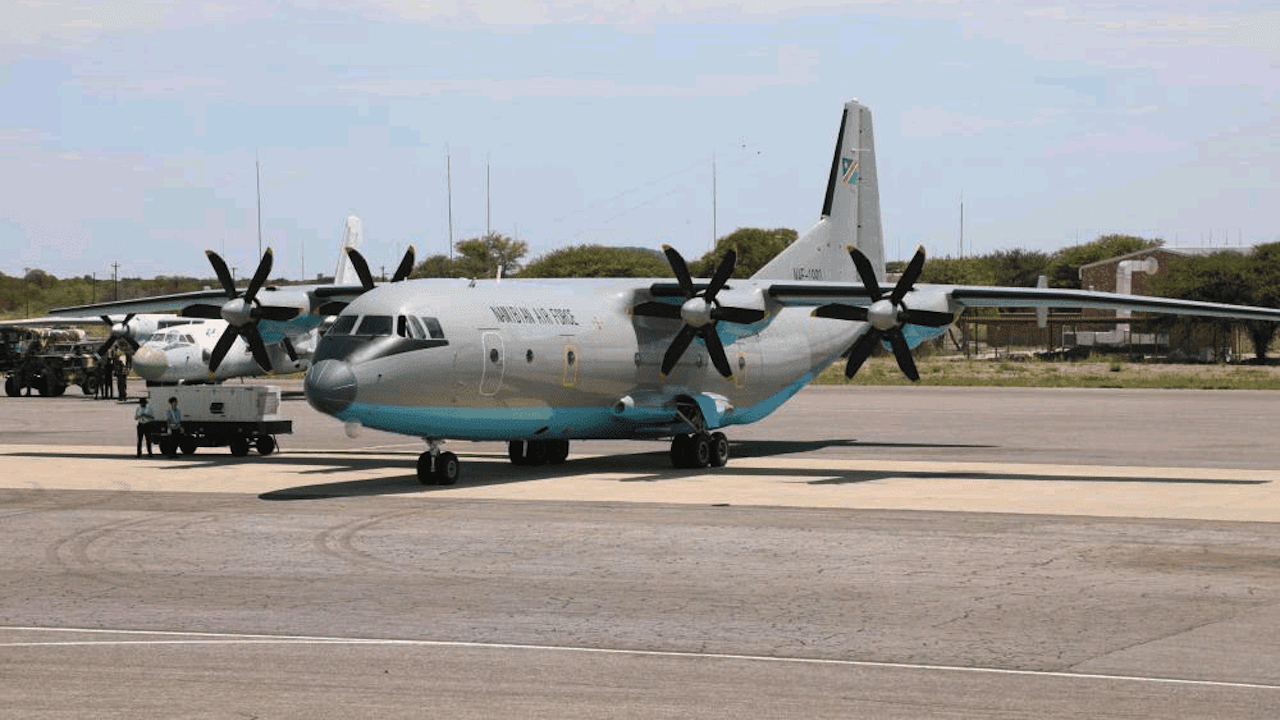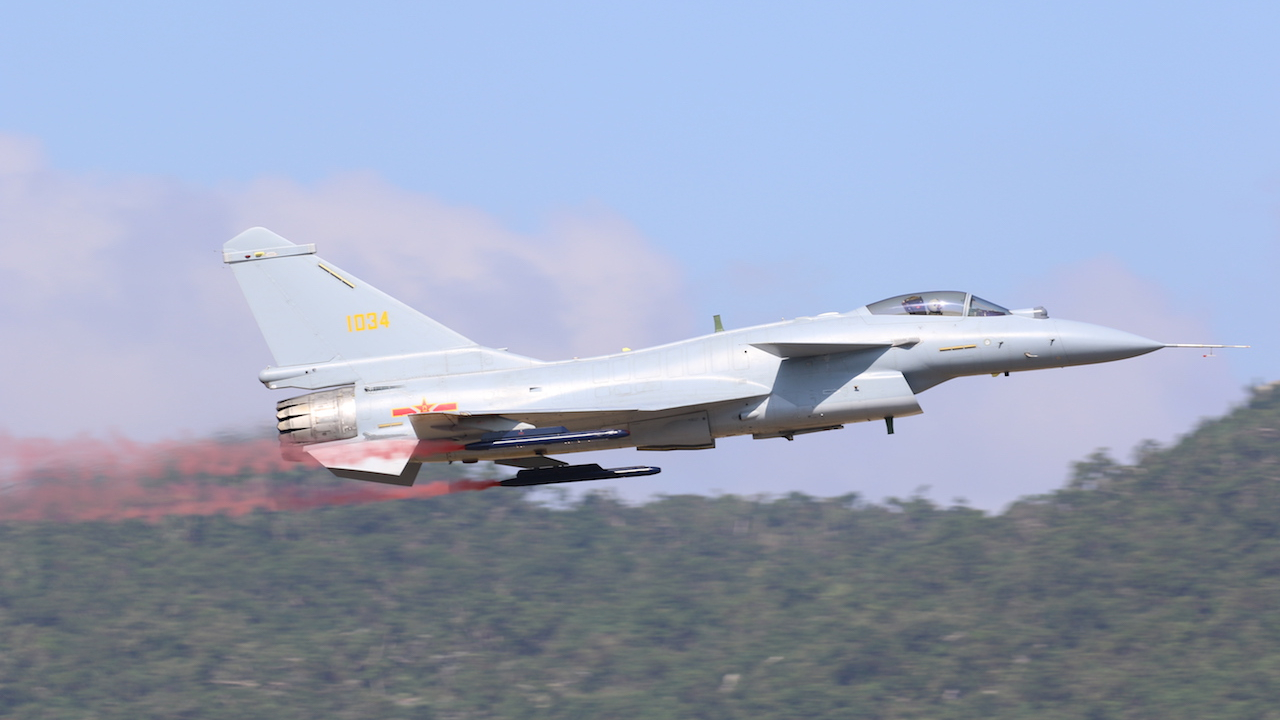Rescue ops in need of a lift
The resumption of conflict in the DRC has once again brought to the fore the chronic lack of strategic airlift capability in Africa.

Namibia has taken delivery of two Shaanxi Y-9Es, a Chinese derivative of the An-12. IMAGE: Namibian Air Force
In January 2025 the key eastern DRC city of Goma was surrounded by M23 rebels. This meant that more than 2,000 peacekeeping troops were effectively held hostage in their bases and were rapidly running out of supplies, with no clear idea of how to provide support – or rescue them.
The South African government had to charter Ilyushin Il-76s to fly to ‘safe’ airfields as distant as Lubumbashi (1,100 km from Goma) or Burundi in support of the trapped troops and to return the bodies of dead soldiers.
The African Defence review quoted retired brigadier general David Baburam, former head of AU Mission Support, “Normally they say operations drive logistics, but I think in Africa, logistics drive operations because the operations must be based on what logistics are available. You can’t keep troops in the operational area for three months if you can’t feed them.”
Increasingly military planners are having to rely on civil aviation for troop movements – particularly the airlines. African airlines are however not well suited to fulfilling this role as the demands of their own schedules must first be met.
And they have little if any spare capacity to provide airlift for military interventions.
Chartering airlift aircraft has its own problems – particularly related to delays in the availability of suitable aircraft and the refusal of insurers to carry the risk in war zones. Hence the limitation of having to fly into safe, but distant airports.
When military airlift is not available to move peacekeeping forces to quickly contain trouble spots, the results can be tragic. In 2012, when Islamic insurgents attempted to take over Mali, the ECOWAS intervention was delayed for months due to a lack of available aircraft. Similar delays occurred in Sudan’s Darfur region in 2010.
The M23 takeover of eastern DRC has once again highlighted the chronic shortage of African airlift capability. “Our region is vast [and] characterised by limited transportation infrastructure, hence [it] requires effective air mobility mechanisms to bridge distances, support replenishment of troops in theatre … and attend to humanitarian assistance,” Rwandan Air Force lieutenant general Jean Jacques Mupenzi said.
A further concern for South Africa is that it doesn’t have suitable aircraft to meet its search and rescue responsibilities, particularly far offshore.
Individual African countries find that they cannot afford to acquire and maintain a strategic airlift capability. To bridge this gap, governments are looking at innovative ways to acquire aircraft, maintain them, and pool resources. A proposed solution is the creation of an Africa Air Mobility Command Centre. This would combine the participating nations’ airlift capability to support peacekeeping initiatives.
There has been some progress. Most recently, Namibia has taken delivery of two Shaanxi Y-9Es, a Chinese derivative of the An-12.
The proposed Africa Air Mobility Command Centre includes an air transport sharing mechanism. Under the plan, nations with air capabilities would agree to provide support when called upon.
At the regional level, African governments are also responding to the need to create airlift sharing mechanisms.
This is particularly to support the Africa standby force, which is aligned to the regional economic communities. This force is mandated to respond to crises in as few as 14 days, but often has been unable to meet that timeline.
“In the Southern African development community, we face many disasters and crises, and we don’t have the requisite airlift capability,” major general Hendrick Thuthu Rakgantswana, Botswana’s air chief, has said. “So, it means that we have to come together and pool our resources.”
“I think it’s every African’s dream to see an African aircraft with all African flags across its tail, flying across the continent providing relief and support to Africans,” said Tunisian Air Force colonel Kais Sghaier during a 2022 conference in Botswana.
Stay up to date
Subscribe to the free Times Aerospace newsletter and receive the latest content every week. We'll never share your email address.


